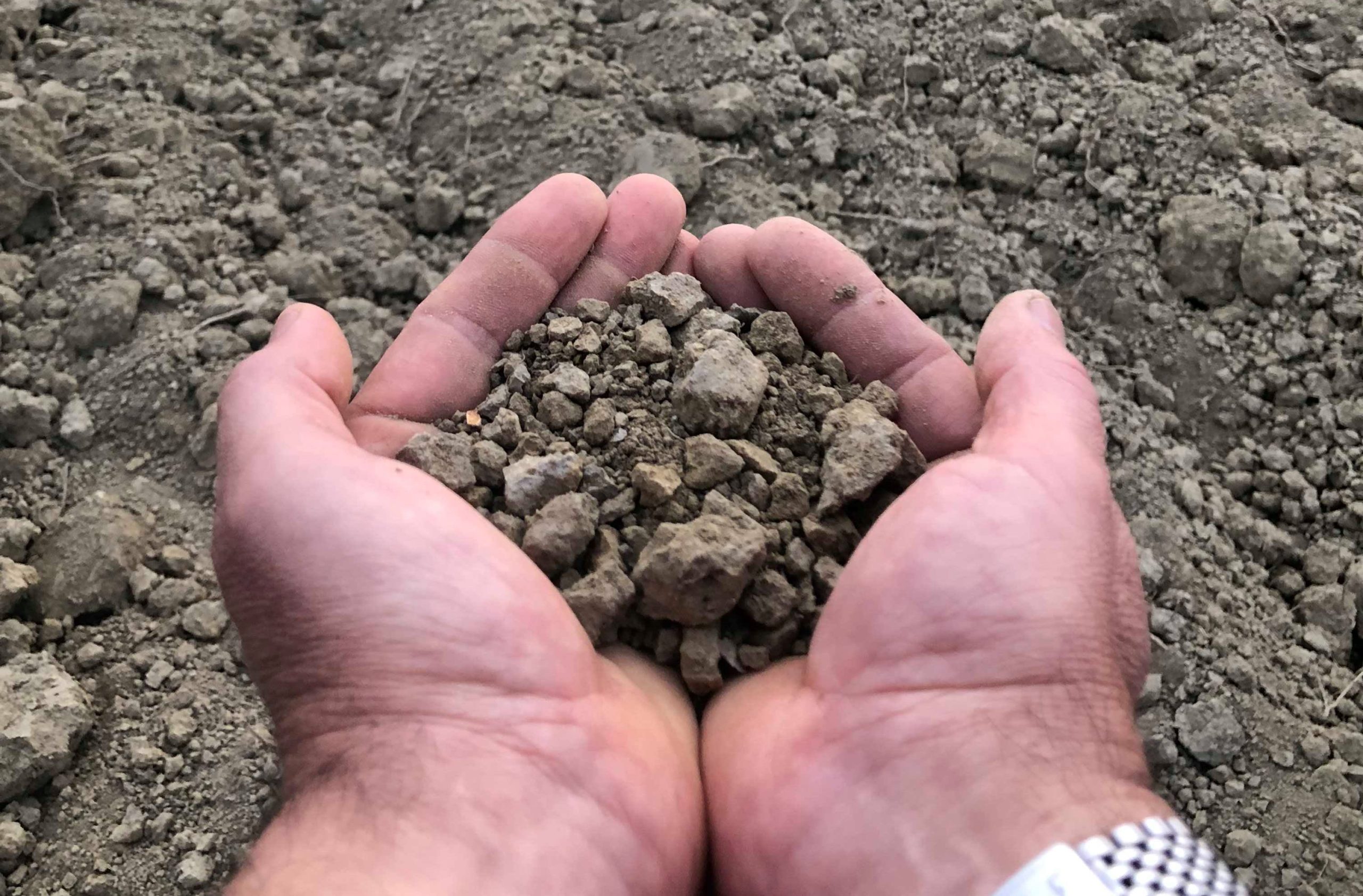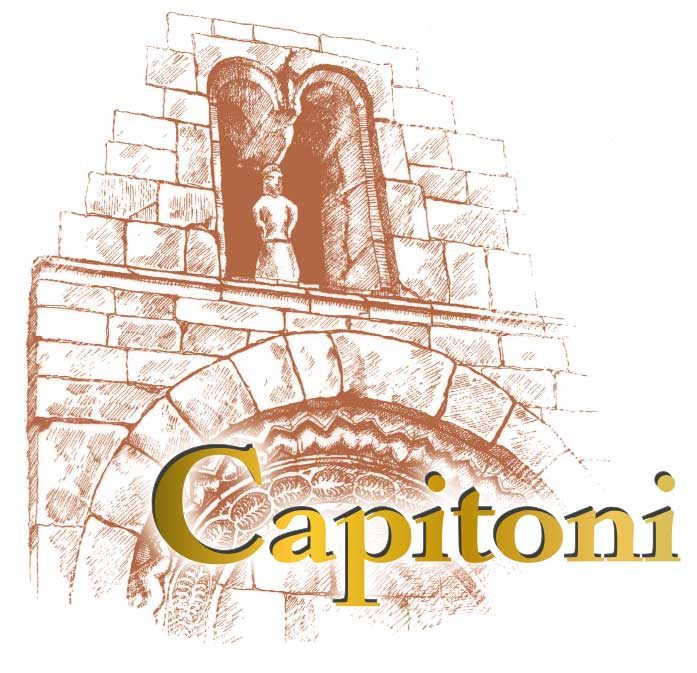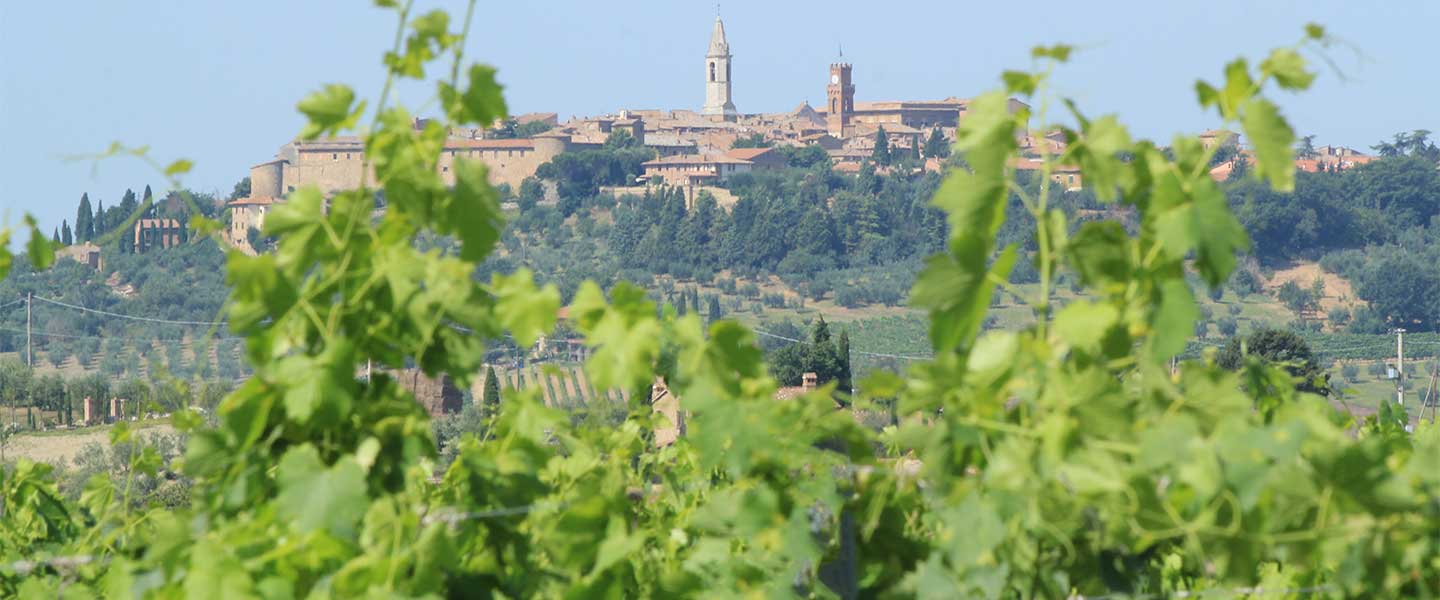Winery
Fifty hectares with farm buildings, the cantina and our house at the centre. The vineyards are to the south and the olive groves to the north, surrounded by fields of grain, meadows and woods, with single cypresses that punctuate the borders of the fields and rows of cypresses that line and define the gravel roads.
In summary this is CAPITONI MARCO AZIENDA AGRARIA.
The farm is situated in the PARCO ARTISTICO NATURALISTICO DELLA VAL D’ORCIA (VAL D’ORCIA NATURAL ARTISTIC PARK), which was added to UNESCO’s World Heritage list in 2004, specifying its unique and valuable qualities. In fact, according to UNESCO, this valley is an exceptional example of how the natural landscape was redesigned during the Renaissance and reflects the ideals of “Good Government” of the Italian city-state (between the 13th and 15th centuries), whose splendid locations were celebrated by the painters of the Sienese School.
The Val d’Orcia is located between the hard and rugged land of the Crete (clay peaks) and the softer land of the hills, where Mediterranean scrub, vineyards, olive groves and cultivated fields interchange and intersect to create frescoes of rare beauty that clearly demonstrate how and to what degree man’s awareness of his dependence on and non-destructive use of the resources of the surrounding environment weighs on his work.

The current winery “CAPITONI MARCO AZIENDA AGRARIA,” is rooted in the past with the purchase of the farm SEDIME in 1968 by my father, Francesco, and his brothers, Primo and Serafino.
Growing up in a family that was very much tied to the values and the people of the area, and after a number of work experiences that were important on both the professional and the personal level, I developed the idea of transforming the activity of the farm by focusing on wine production and taking better care with all the intermediate steps required to arrive at the sale of wine in the bottle.
The big change came in the mid 90’s, beginning with recuperation of the old vineyards and planting of the new, occurring simultaneously with restoration of the old buildings, all of which witnessed the creation of the heart of the new winery: the cantina.
In 2001, after about five years of work, I finally held the first bottles of wine produced under the label “Capitoni,” which was conceptualised as an element of synthesis not only to identify the wine and fulfill legal obligations, but above all to illustrate who I am, who my family is, and our attachment to and respect for this wine and this land.
In addition to my father, Francesco, who supported and accompanied me from the first steps of this undertaking, there has always been my wife, Antonella, an indefatigable presence, capable of taking care of the family, the winery accounts and the reception of guests, but especially supporting and advising me in my decisions.
And today, with pride, there is also our son, Angelo, who has become part of the team and a key element in defining the growth of the winery, as well as being an important link between the present and the future, with the great responsibility of representing the third generation of Capitonis.
These are the people who have made and continue to make possible the realisation of my vision of being a vintner, which is at the heart of the winery “Capitoni Marco Azienda Agraria.”
For these reasons as well as our attachment to this land and our history, we have chosen the Caryatids of the Pieve di Corsignano as the symbol of our winery.
Vineyards
The existing 6 hectares of vineyards are comprised of a vineyard planted by my father and my uncles in 1974, where the majority of vines are Sangiovese with some Canaiolo and Colorino, the vineyard planted in 1999, which is predominantly Sangiovese with some Merlot, and a small Sangiovese vineyard planted in 2019.
In our desire to limit the size of our vineyards, which allows us to practice the type of viticulture that distinguishes us, we’re preparing the land to plant new Sangiovese and Canaiolo vines. Over time this will allow us to realise our vision and fulfill the project of a lifetime.
With the new plantings we have used rootstock and clones that are best suited to the characteristics of this micro-area, also inserting shoots that are grafted with buds selected from the winery, among which are shoots taken from branches of an antique Sangiovese vine that still clings to an old dry stone wall.
In the daily management of the vineyards we seek a balance between the manual tradition we’ve inherited and modern techniques acquired over time, but always with respect for the environment that hosts us.
The manual viticulture we practice, combined with minimal use of phytosanitary products, favours maximum biodiversity on our lands. The organic certification for which we have recently applied will thus become a simple declaration of what we have always practiced in this work.
We are attentive to the soil and avoid excessively trampling it. We’re attentive to the regulation of rainwater so that we don’t waste a drop. We are attentive to the maintenance of wild herbs to the point of sowing those that are beneficial to the habitat, just as we are attentive to the maintenance of the bordering hedges that help to protect the vineyards. Fertilisation, when it is necessary, is done with manure and is targeted and localised. Whereas phytosanitary treatments consist of copper and sulphur derivatives, as well as resistance inductors, which promote the development of the vines’ natural defenses to protect them from pathogenic microorganisms such as blight, powdery mildew and botrytis.
The practices we’ve adopted for cultivation of the vines add to the favourable, local conditions of the area, where mixed planting allows for alternation between woods, olive groves, meadows and fields of grain. This is a very important factor in fostering the coexistence of many different types of insects in an optimum environment that allows us to avoid the use of insecticides to protect the crops.
The last element, no less important to obtaining a sustainable, quality production, is the hands on work we dedicate to the leafy structures of the vines: selecting them on the basis of size, number and position relative to the grapes is the driving force behind bringing the grapes to the best maturation.
All of this represents our way of working the vineyards in order to offer you a product that is authentic in every way.
Winery
The cantina is the place where the work undertaken in the vineyards is fulfilled, and for this we fully devote ourselves to all phases of transformation, knowing that every year will have a different character from the others and that this will be reflected in the final result, while remaining faithful to the particular organoleptic and sensory qualities of each wine.
The grapes are picked by hand and placed in small baskets that are taken to the cantina within a brief period of time.
The first task is selecting the grapes on the basis of their size. This is followed by stemming and sorting of the grapes so that only those that are of just the right maturity will be gently crushed and the fermentation process will begin. The fermentations are natural. Grapes used for wines that are refined in wood are fermented in controlled temperature steel vats, while grapes that produce “TROCCOLONE” are fermented in terra cotta amphorae. The distinctive feature of the production of Il Troccolone is that even the stages following fermentation occur in amphorae. The wines Capitoni and Frasi, on the other hand, are refined in French oak; large barrels for the Sangiovese and barriques for the Merlot. The collection is replenished every year with about 10% of new wood and the typology is chosen on the basis of the characteristics of the wine of that vintage year.
Vinification, refining, bottling and bottle ageing all take place in our cantina and are personally overseen by us.
Book Your Tasting
Having guests is pure pleasure for us! If they’re interested, we will happily accompany them to the vineyards to show them the work we’re doing at the time.

